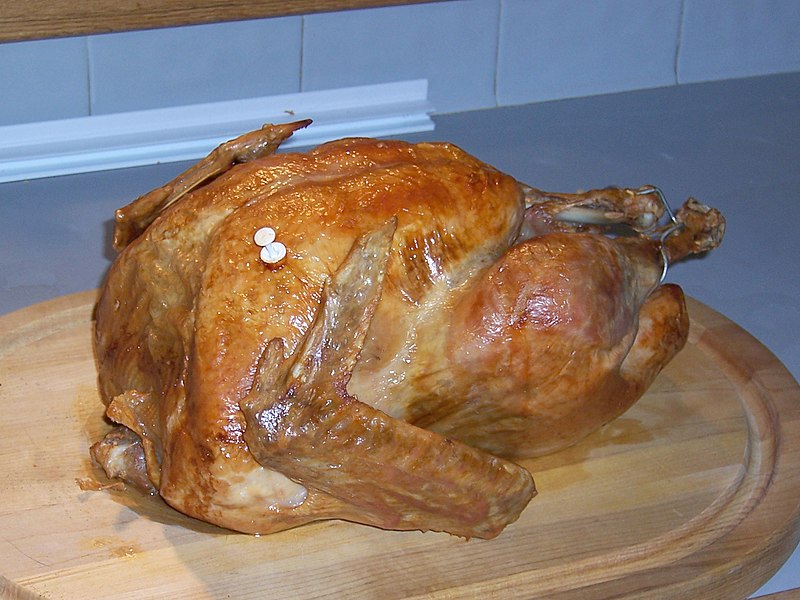The American Robin (
Turdus migratorius) is a common bird in North America, and like the Canada Goose, is one of those birds that most anyone can recognize. This week, I thought I'd share a particularly odd looking individual I recently photographed along with the usual taxonomical tidbits about this species.
Figure 1: Robins are sexually dimorphic, and males can often be
IDed by their darker heads. I photographed this (agitated) male
and the odd bird below in Columbus, Ohio on 26 March 2010.
So here's the rundown on these little feathered
archosaurs. American Robins a kind of
thrush, making them members of that very diverse order,
Passeriformes - the "perching birds" - and kin to the other "
song birds" (aka the
oscines) comprising the suborder
Passeri. Like other oscines, American Robins have a well developed syrinx, and the ability to learn complex vocalizations. (More on the oscine syrinx and
can be found here in
The Physics of Birdsong by Mindlin & Laje, and in
this article on the musculature of the syrinx. If you'd like to hear some Robin vocalizations then hop on over to Cornell's
Macaulay Library of Natural Sounds and browse some of
their recordings of this species.)
Robins are common enough that every now and then you spot an odd one. Below are some photographs of an aberrant individual I recently photographed in Columbus, OH. This individual was sporting a set of feathers that -- for one reason or another -- are missing some color.
Figure 2: A very pale (some would say, hypomelanistic) individual
foraging along side the same (normal) male in the photograph above.
Now, before you get carried away and chalk this individual's condition up to yet another point mutation, consider what else might have caused this lack of pigment. While most people get the idea of genetically based coloration, they generally think in terms of simple mutations that shut down (either completely or partially) the production of a pigment. You can read more on bird pigmentation
here.
It just so happens that producing colored tissues (or hair, or feathers, or scales, or whatever) is a bit more complicated than just producing some pigment, requiring the functionality of various chemical pathways and cellular structures (e.g. organelles like
melanosomes) to make sure the right amount of the right color ends up in the right place.
In birds and other organisms (like humans,
for example) there can be changes later in life that in one way or another cause the loss of pigmentation -- for example an autoimmune disorder that wipes out melanocytes, or some sort of metabolic problem that interferes with an individuals (otherwise normal) capacity to produce pigment.
I could probably write a series of posts on pattern formation and coloration, but alas that probably won't happen any time soon (...day job). In any case, I've blabbed enough. I'll leave you to ponder this silvery American Robin and it's not-so-silver lunch buddy. As always, click the pics to enlarge.
Figure 3: Same individuals. Here the pale bird was observed pushing
away the normal bird while both foraged for worms. It seems plausible
that the pale bird is female. The two seemed to stay near one another
(for the most part) during the 15-20 minutes I observed them.
Figure 4: A closer look at the pigmentation and wear of the wing and
tail feathers. Such wear may indicate more substantial problems in
feather structure than just pigmentation. Notice the tertials (top-most
wing feathers visible below the back feathers) are asymmetric: the right
being more darkly colored than the left. In flight this bird looked very pale.









































